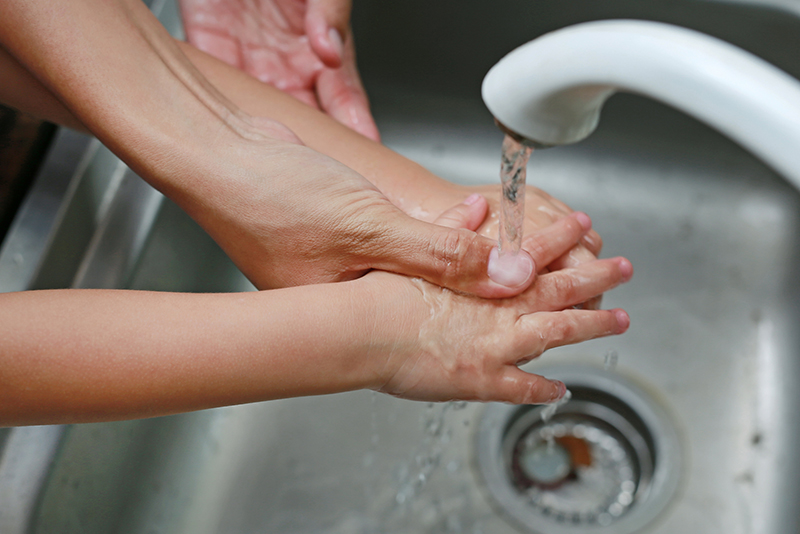Families For Life | Burns and Scalds First Aid-Toddlers

DID YOU KNOW?
Cradle cap is the oily, scaly crust that babies sometimes get on their scalps, in their body folds and on their torsos. Although cradle cap looks uncomfortable, it doesn’t usually bother your baby.
READ MORE

First aid for burns and scalds starts with checking how bad the burn is. If you’re not sure, get medical help immediately. Treat the burn with cool running water only.
First aid for burns and scalds: key steps
If you’re not sure how severe a burn is, contact a doctor, hospital or medical centre immediately.
Otherwise, take the following first aid steps:
Make sure the area is safe, and there’s no further risk of injury. Take the child to a safe place if possible.
Take off any clothing (including nappies) or jewellery around the burn, but only if it’s not stuck to the skin and only if you can do so without causing more pain or injury. You might have to cut clothes to remove them.
As soon as possible, hold the burned area under cool running water for a total of 20 minutes. This will reduce tissue damage and pain.
When you’ve finished the water treatment or while you’re taking the child to see a doctor, cover the burn with a loose, light, non-sticky dressing like plastic wrap or a clear plastic bag.
Raise burned limbs.
Cover your child with a blanket and keep them warm. This helps prevent hypothermia.
When to call an ambulance for a burn
Call an ambulance if the burn is:
to the face, hands or genitals
in the airway - that is, in the child's nose, mouth or throat
larger than the size of the child’s forearm.
When to get medical help for a burn or scald
Go to a doctor, hospital or medical centre if the burn or scald:
is the size of a 20-cent piece or larger
is deepand looks white, even if the child doesn’t feel any pain
looks raw, angry or blistered
is causing severe pain or pain that won't go away with pain relief medicine.
What not to do with burns
Don’t peel off any clothing that’s stuck to the burn.
Don’t break any blisters.
Don’t apply ice, iced water, lotions, moisturisers, oil, ointments, butter or flour, creams or powders to the burn. This will make the damage worse.
If the burn is large, don’t cool it for longer than 20 minutes. This is because hypothermia can happen quickly in children.
© raisingchildren.net.au, translated and adapted with permission
Explore more